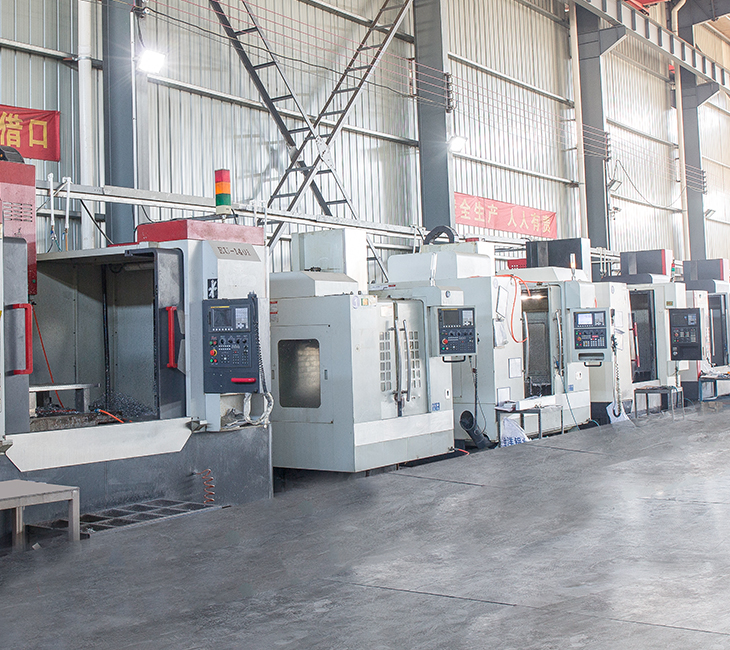What are common problems or failures associated with charge air coolers?Common problems or failures associated with
charge air coolers (CACs) include:
Leaks: Leaks can occur due to corrosion, erosion, or damage to the CAC's tubes, fins, or seals. Leaks can lead to reduced cooling efficiency and loss of boost pressure in turbocharged engines.
Blockages: Blockages in the CAC's airflow path, typically caused by debris, dirt, or oil deposits, can restrict air flow and reduce cooling effectiveness. Blockages may result in increased intake air temperatures and reduced engine performance.
Corrosion: Corrosion of the CAC's metal components, such as tubes and fins, can occur due to exposure to moisture, contaminants, or chemical reactions. Corrosion weakens the structure and can lead to leaks or reduced heat transfer efficiency.
Fouling: Fouling refers to the accumulation of contaminants, such as dust, dirt, oil, or coolant residues, on the surface of the CAC. Fouling reduces heat transfer efficiency and airflow, leading to increased intake air temperatures and decreased engine performance.
Structural Damage: Structural damage, such as bent or dented tubes, fins, or headers, can occur due to impact, vibration, or improper handling during installation or maintenance. Structural damage compromises the integrity of the CAC and may result in leaks or airflow obstruction.
Strategies for troubleshooting and repair of CAC problems include:
Visual Inspection: Conduct a visual inspection of the CAC to check for signs of leaks, blockages, corrosion, or structural damage. Look for oil or coolant residue, bent fins, visible leaks, or areas of corrosion.
Pressure Testing: Perform a pressure test to identify leaks in the CAC. Pressurize the system with compressed air and use a soap solution to detect air bubbles indicating leaks.
Cleaning: Clean the CAC regularly to remove debris, dirt, oil, and other contaminants that can cause blockages or fouling. Use compressed air, brushes, or mild detergents for cleaning.
Repair or Replacement: Repair leaks, structural damage, or corrosion using appropriate methods such as welding, brazing, or epoxy sealing. In cases of severe damage or corrosion, consider replacing the CAC with a new unit.
Preventive Maintenance: Implement preventive maintenance practices, such as regular inspection, cleaning, and corrosion protection, to prolong the lifespan of the CAC and prevent issues from occurring.
By addressing these common problems and implementing appropriate troubleshooting and repair strategies, you can ensure optimal performance and longevity of charge air coolers in automotive, industrial, and marine applications.
What are the differences between intercoolers and aftercoolers?Intercoolers and aftercoolers are both types of heat exchangers used to cool compressed air before it enters an engine, but they are typically associated with different types of systems and applications. Here are the key differences between intercoolers and aftercoolers:
Application:
Intercoolers are primarily used in automotive and other mobile applications, especially in turbocharged or supercharged engines. They are designed to cool the intake air compressed by the turbocharger or supercharger before it enters the engine's combustion chambers.
Aftercoolers are commonly used in stationary industrial applications, such as air compressors, gas turbines, and diesel engines. They cool the compressed air after it has been generated by the compressor but before it is used in various industrial processes or applications.
Location:
Intercoolers are typically installed between the turbocharger or supercharger and the engine's intake manifold. They are situated in the engine compartment or sometimes integrated into the intake manifold itself.
Aftercoolers are usually located downstream of the compressor in air compression systems. They are often installed outside the compressor housing or integrated into the system's piping or receiver tank.
Cooling Medium:
Intercoolers typically use ambient air as the cooling medium. The compressed air passes through the intercooler's fins, and ambient air flowing over the fins removes heat from the compressed air.
Aftercoolers may use various cooling mediums, including air, water, or a combination of both. Air-cooled aftercoolers function similarly to intercoolers, while water-cooled aftercoolers use water to extract heat from the compressed air.
Cooling Efficiency:
Intercoolers are designed to provide efficient cooling of the intake air to improve engine performance and prevent detonation or knock. They are optimized for cooling effectiveness within the constraints of the vehicle's operating conditions.
Aftercoolers are often more efficient at cooling compressed air compared to intercoolers because they can achieve lower temperatures using dedicated cooling systems, such as water cooling. This higher cooling efficiency is beneficial for industrial applications where precise control of air temperature is essential.
Pressure Drop:
Intercoolers typically introduce a minimal pressure drop in the intake system to maintain engine efficiency and performance. They are designed to balance cooling effectiveness with airflow restrictions.
Aftercoolers may introduce a higher pressure drop compared to intercoolers, especially in water-cooled configurations. However, in industrial applications, the pressure drop may be acceptable, considering the primary focus on cooling efficiency.
While both intercoolers and aftercoolers serve the common purpose of cooling compressed air, they are optimized for different applications, environments, and cooling requirements. Understanding these differences is crucial for selecting the appropriate type of charge air cooler for a specific application or industry.

 English
English русский
русский












